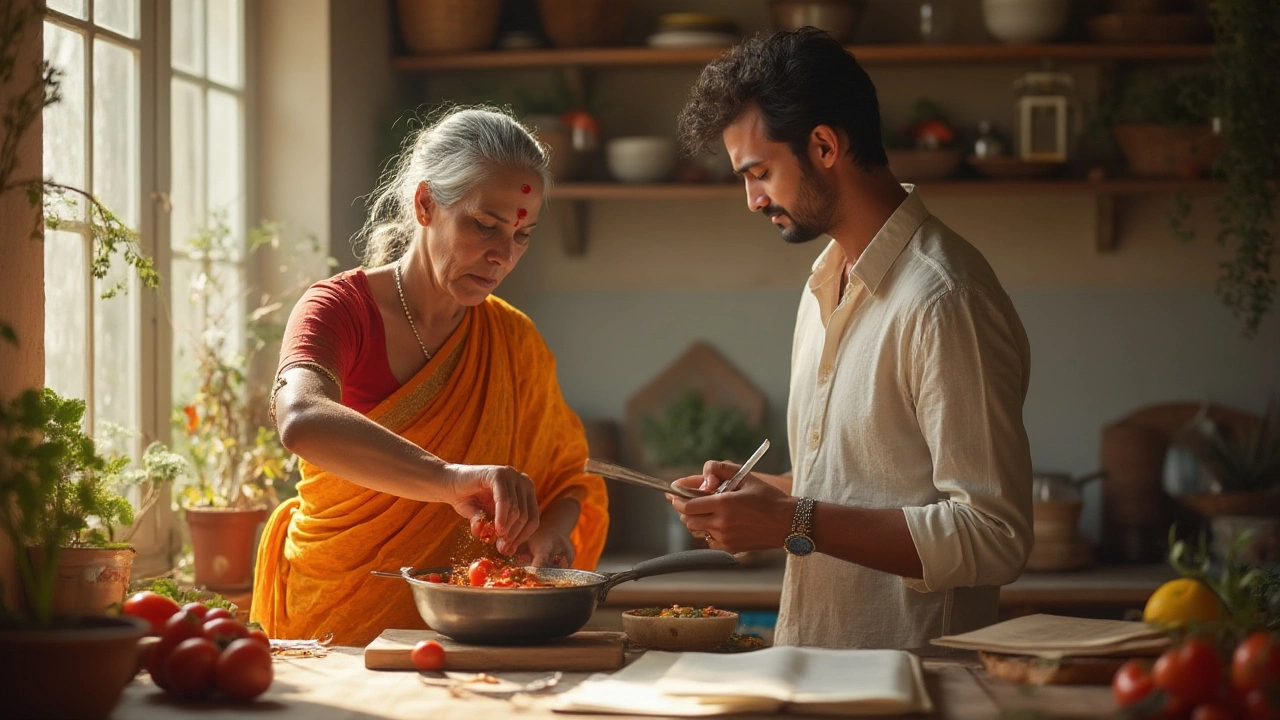Indian Curry Tomatoes
When working with Indian curry tomatoes, ripe tomatoes simmered with Indian spices to create a tangy, flavorful base for a wide range of curries. Also known as tomato‑based Indian curry, it adds moisture, acidity, and a natural sweetness that ties together hot spices and mellow grains. Curry ingredients, the spices, herbs, and base components that build Indian sauces often rely on tomatoes for balance. Creaminess in curries, the smooth, rich texture achieved with dairy, nuts, or coconut can be enhanced by the natural pectin in tomatoes. And while turmeric, the golden spice that adds color and anti‑inflammatory benefits is a staple, many cooks experiment with alternatives when focusing on tomato‑forward flavor.
How Tomatoes Shape Indian Curry Profiles
Tomatoes act as a flavor bridge. Their acidity cuts through the heat of chilies, making the heat feel smoother rather than sharp. This is why dishes like tomato‑based masala, bhuna, and vindaloo often start with a puree that “tames” the spice level. The natural sugars in tomatoes also caramelize during sauté, giving a subtle depth that pure spices can’t achieve alone. When you pair tomatoes with Indian curry tomatoes, you’re essentially creating a built‑in balance—acid meets heat, sweetness meets spice. The result is a sauce that clings to rice or bread without feeling heavy.
Another key relationship is between tomatoes and creaminess. Adding a splash of yogurt, coconut milk, or ground cashew paste to a tomato base creates a velvety finish that’s both soothing and aromatic. The pectin in tomatoes helps emulsify these dairy or nut elements, preventing separation and keeping the curry glossy. This synergy means you don’t need excessive oil to achieve richness; the tomatoes do part of the work. For vegans or those avoiding dairy, coconut milk pairs especially well, giving a tropical twist while still honoring the classic tomato‑curry bond.
Spice timing matters, too. Whole spices like cumin, coriander seeds, and bay leaves are usually toasted before the tomatoes are added, releasing their essential oils. Once the tomatoes break down, ground spices such as garam masala, red chili powder, or fenugreek are stirred in for a quick burst of flavor. This two‑stage process respects the semantic triple: "Indian curry tomatoes require layered spice addition". Skipping the toast step can leave the sauce flat, while adding ground spices too early can burn them, making the final dish bitter.
Regional variations highlight the flexibility of tomato‑based curries. In the North, you’ll find thick, gravy‑rich dishes where tomatoes are cooked down with butter (makhani) and a pinch of sugar for balance. In the South, tomatoes often appear in thinner, tamarind‑tinged dals and fish curries, where the acidity complements the sour notes. Coastal cuisines may swap coconut milk for cream, showing how the same central ingredient adapts to local palate preferences. These examples illustrate the triple: "Tomatoes influence regional curry styles".
Practical tips for home cooks: start with fresh, ripe tomatoes—canned versions can work in a pinch but lack the fresh bright flavor. Roast the tomatoes first for a smoky edge, especially if you love grilled flavor. Season gradually; a little salt early on draws out moisture, making the sauce smoother. Lastly, remember that tomatoes can turn bitter if over‑cooked, so once the sauce reaches the desired thickness, reduce the heat and finish with any cream or yogurt.
Below you’ll find a curated list of articles that dive deeper into specific aspects of Indian cooking—whether you want to master the perfect balance of spices, explore cream‑rich curry tricks, or learn how to substitute turmeric without losing flavor. These resources will give you actionable insights to elevate your tomato‑based curries and expand your culinary toolkit.

Do Tomatoes Belong in Curry? The Truth About Tomatoes in Indian Recipes
Curious about tomatoes in curry? Discover why this ingredient divides Indian cooks and whether your curry really needs those tomatoes. Let's unravel the spicy truth.